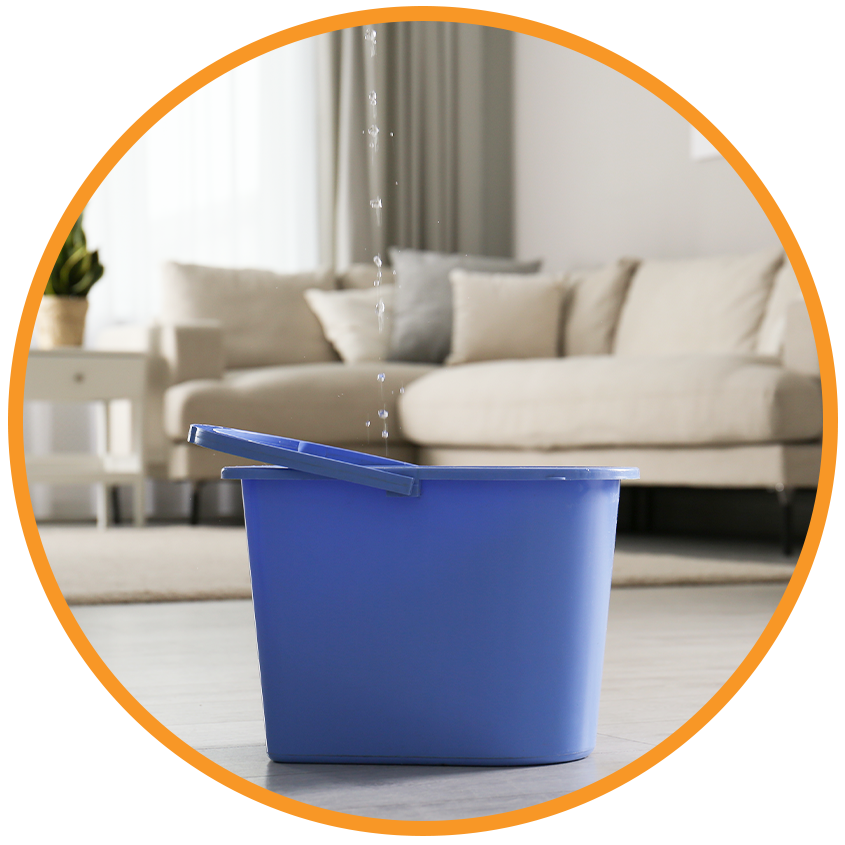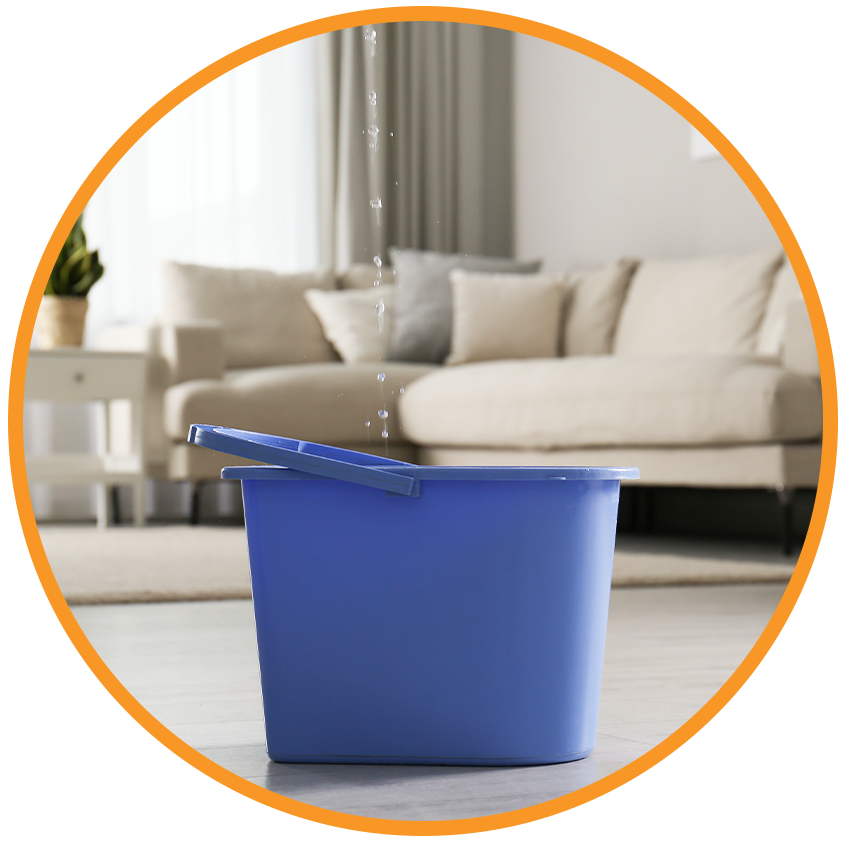In today’s competitive healthcare market, an online presence is essential for OB-GYN (obstetrics and gynecology) practices to attract new patients and maintain a steady stream of business. With more people turning to search engines to find medical providers, investing in search engine optimization (SEO) can make a significant difference in the growth of your OB-GYN clinic. An experienced obgyn seo company can help improve your website’s visibility, drive targeted traffic, and ultimately increase patient conversions.
Why SEO is Crucial for OB-GYN Practices
SEO is the process of optimizing a website to rank higher in search engine results pages (SERPs), making it easier for potential patients to find your practice online. For OB-GYN clinics, SEO can be a game-changer in the following ways:
Increased Visibility and Online Presence: In today’s digital age, people rely on search engines to find healthcare providers. By optimizing your website for search engines, you improve your clinic’s chances of appearing at the top of search results when potential patients search for OB-GYN services in your area. A higher ranking means more visibility, which ultimately leads to more patient inquiries.
Attracting Local Patients: OB-GYN practices are often location-based, meaning you want to attract patients who live in or near your community. Local SEO strategies, such as optimizing for “near me” searches or creating location-specific content, can help ensure that your practice is easily found by patients in your geographic area.
Building Trust and Credibility: High search engine rankings instill trust among patients. When people search for OB-GYN services and see your clinic at the top, they’re more likely to view you as an authoritative and credible source for their healthcare needs. Positive online reviews, informative content, and clear contact information also contribute to building credibility.
Better User Experience: SEO is not just about rankings; it’s also about creating a better user experience for visitors to your site. By optimizing your site’s design, navigation, and loading speed, patients can easily find the information they need, whether it’s about your services, office hours, or how to schedule an appointment. A well-optimized website can also reduce bounce rates and increase the likelihood of conversions.
Targeting Relevant Keywords: An SEO company can help identify the most relevant and frequently searched keywords related to OB-GYN services. By targeting these keywords and incorporating them into your website’s content, blog posts, and landing pages, you can ensure that your practice appears in search results when potential patients search for terms such as “best OB-GYN near me” or “gynecologist for pregnancy.”
Key SEO Strategies for OB-GYN Practices
An experienced medical SEO company can implement a variety of strategies to enhance your OB-GYN practice’s online presence. Some of the most effective tactics include:
Optimizing for Local Search: Local SEO is critical for OB-GYN practices since most patients are looking for nearby providers. Your SEO company will ensure that your practice appears on Google Maps and in local search results by creating and optimizing your Google My Business profile, ensuring NAP (name, address, phone number) consistency across online directories, and gathering local reviews.
Content Marketing and Blogging: Creating high-quality, informative content about women’s health, pregnancy, menopause, and other OB-GYN-related topics can position your practice as an authority in the field. Blogging regularly about topics relevant to your audience helps attract organic traffic and engages potential patients. Your SEO company can help with keyword research to ensure the content targets the most searched terms.
Optimizing Your Website for Mobile Devices: With the rise of smartphone usage, more patients are searching for OB-GYN services on their mobile devices. Optimizing your website for mobile responsiveness ensures that users have a positive experience, regardless of the device they are using. Google also considers mobile-friendliness as a ranking factor, so ensuring your site is optimized for mobile can improve your SEO rankings.
Improving Site Speed: Slow-loading websites are a major turn-off for users, and they can negatively affect your search engine rankings. Your SEO company can help you improve your website’s loading speed by optimizing images, minimizing code, and leveraging caching. A faster website not only improves user experience but also boosts your SEO performance.
Building Backlinks: Quality backlinks from reputable sources help increase your website’s authority and improve its rankings in search results. Your SEO company can work on acquiring backlinks from trusted websites in the healthcare industry, medical blogs, and local organizations to boost your site’s credibility and visibility.
Online Reviews and Reputation Management: Positive online reviews can significantly impact a potential patient’s decision to choose your practice. An SEO company can assist with reputation management, ensuring that your practice receives positive reviews on platforms like Google, Yelp, and Healthgrades. They can also help you respond to negative reviews in a professional manner to maintain a strong online reputation.
How an SEO Company Can Help Your OB-GYN Practice Grow
Partnering with a reputable medical SEO company can bring numerous benefits to your OB-GYN practice. An experienced team can implement customized SEO strategies to help you reach your target audience, grow your patient base, and enhance your clinic’s online presence.
Tailored Strategies for Your Practice: A good SEO company will understand the unique needs of your OB-GYN practice and create a customized plan to attract local patients. They will conduct keyword research, optimize your website, and develop content that speaks directly to your target audience.
Ongoing Monitoring and Adjustments: SEO is an ongoing process. A reliable SEO company will continuously monitor your website’s performance, analyze results, and make necessary adjustments to improve rankings. This ensures your clinic remains competitive in the ever-evolving digital landscape.
Improved Patient Conversion: SEO not only brings more traffic to your website but also helps convert visitors into patients. By optimizing your website’s design and calls to action (CTAs), making it easy for patients to book appointments online, and providing valuable content, you can increase patient conversions and grow your practice.
Measurable Results: A good SEO company provides measurable results by tracking important metrics such as website traffic, keyword rankings, patient inquiries, and appointment bookings. This data helps you see the effectiveness of your SEO campaign and make informed decisions for your practice’s growth.
Conclusion
Investing in SEO for your OB-GYN practice can have a profound impact on your clinic’s visibility, patient acquisition, and overall success. By partnering with an experienced SEO company, you can ensure that your practice ranks highly in search engine results, attracts more local patients, and stands out from the competition. With the right SEO strategies in place, your OB-GYN clinic can thrive in the digital age, providing essential care to women in your community.





